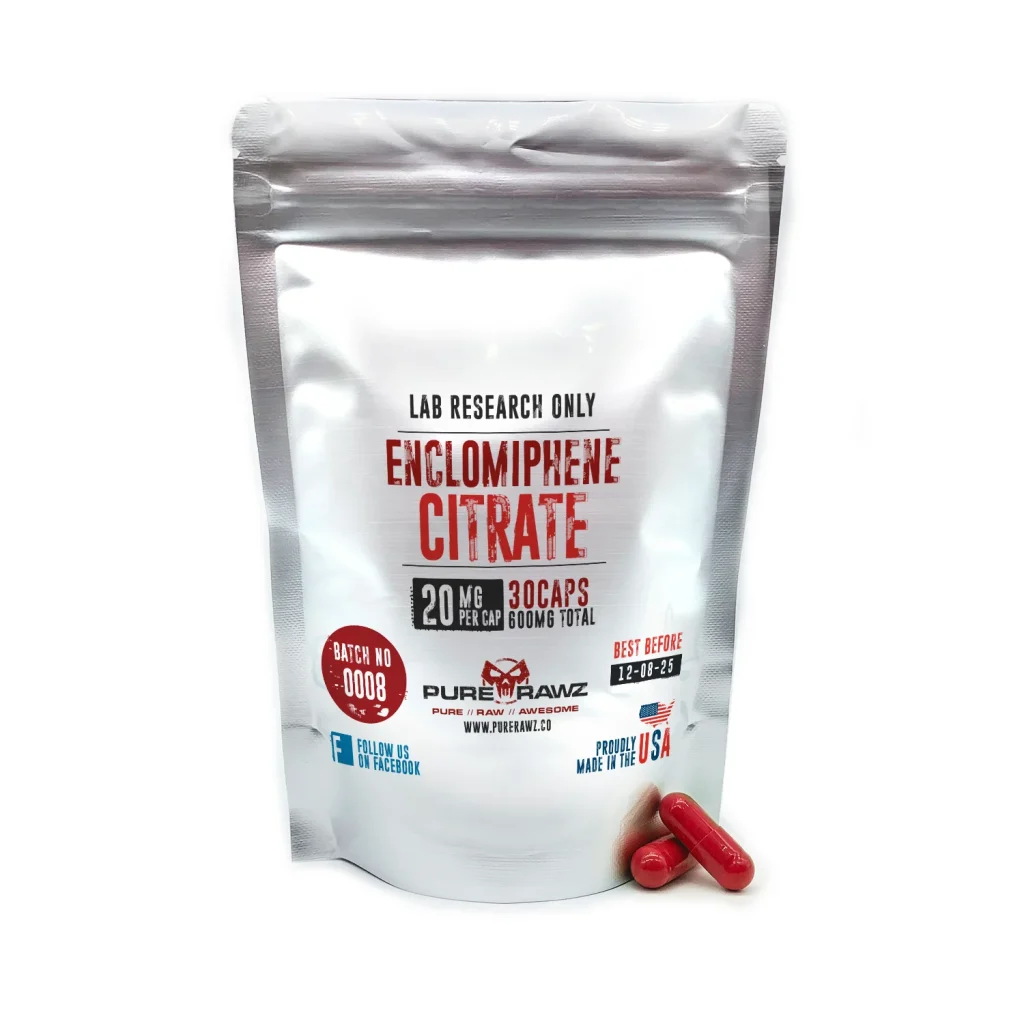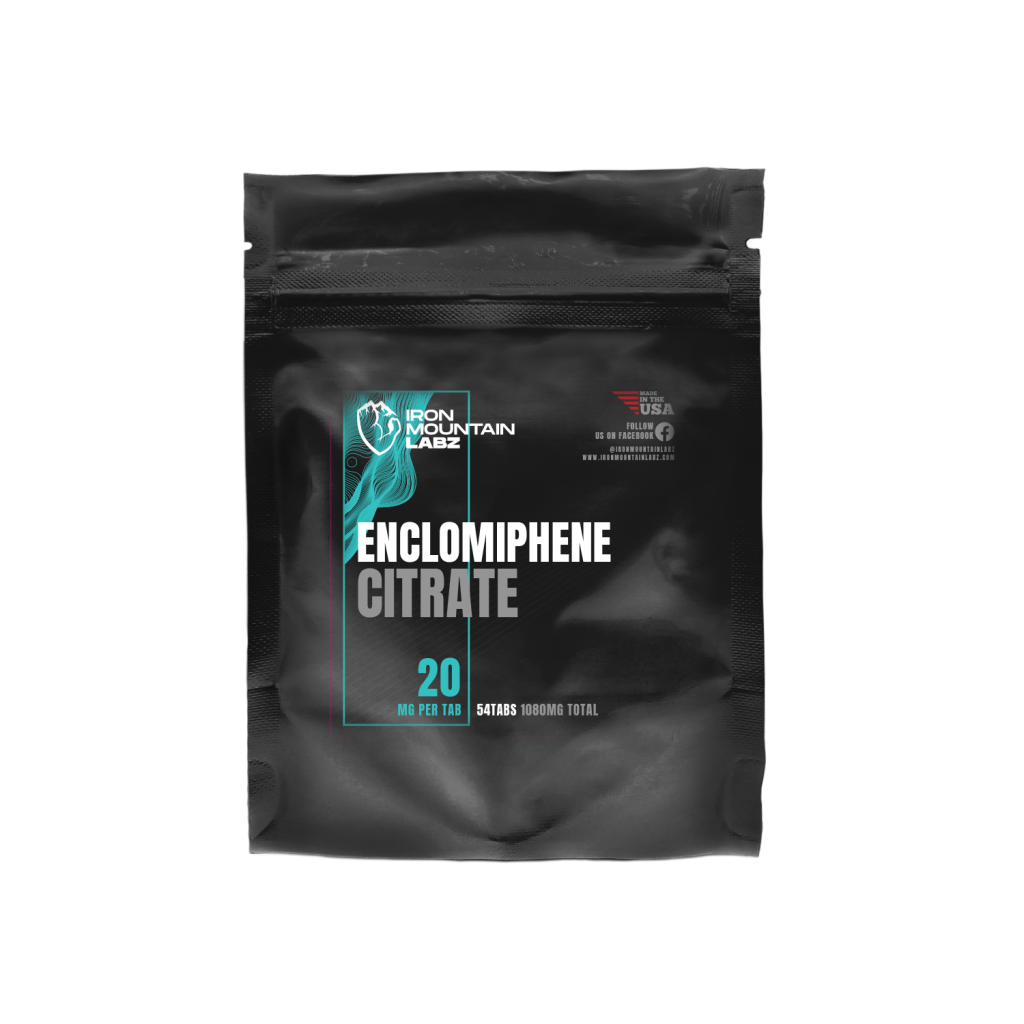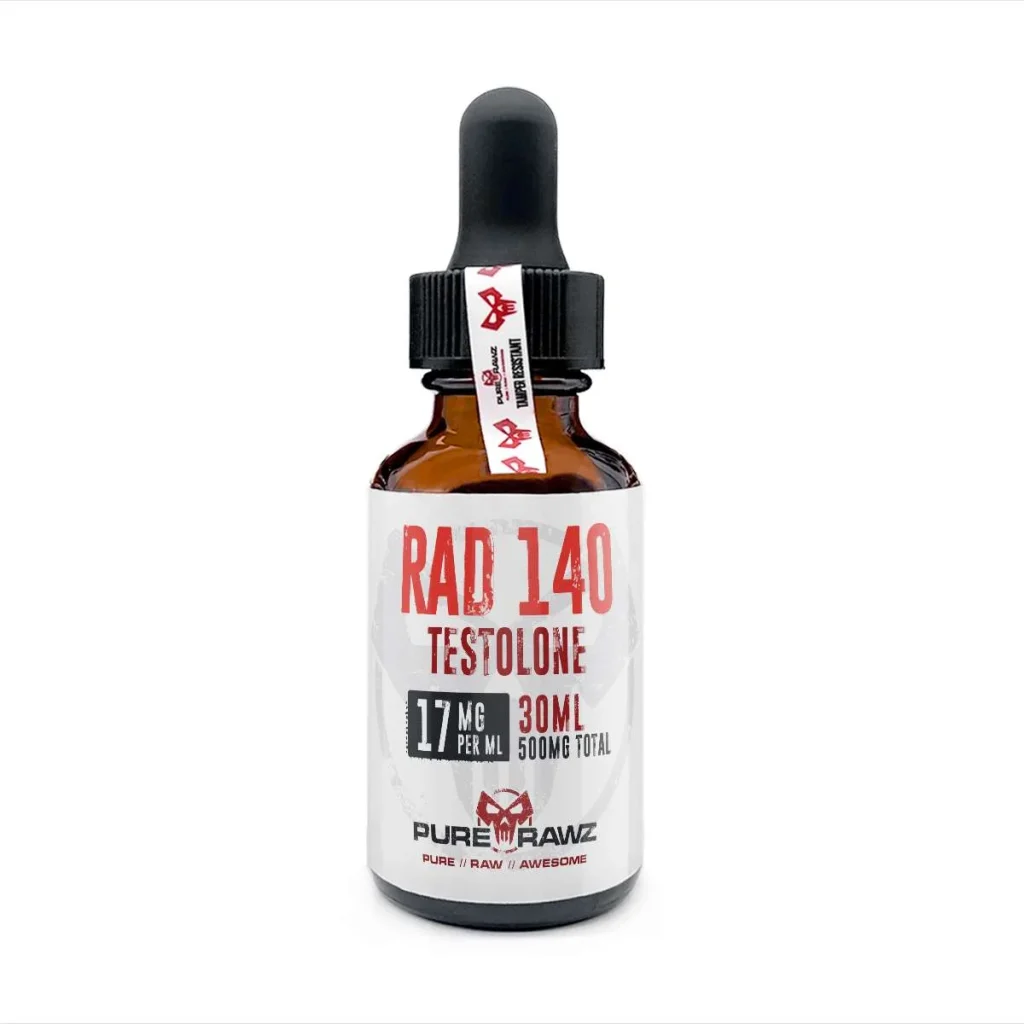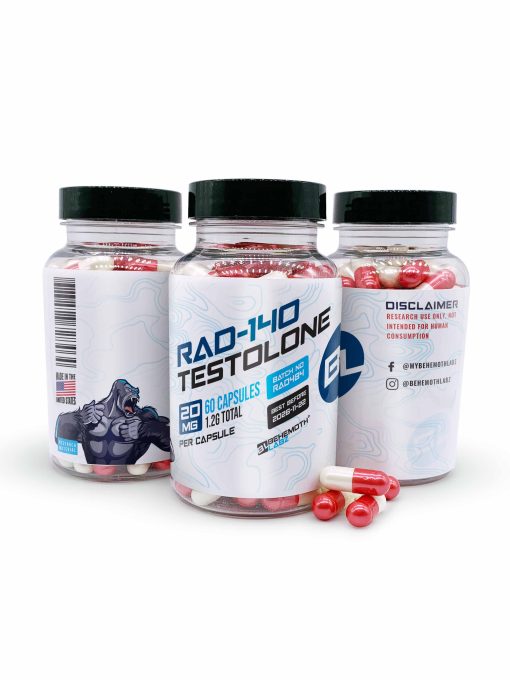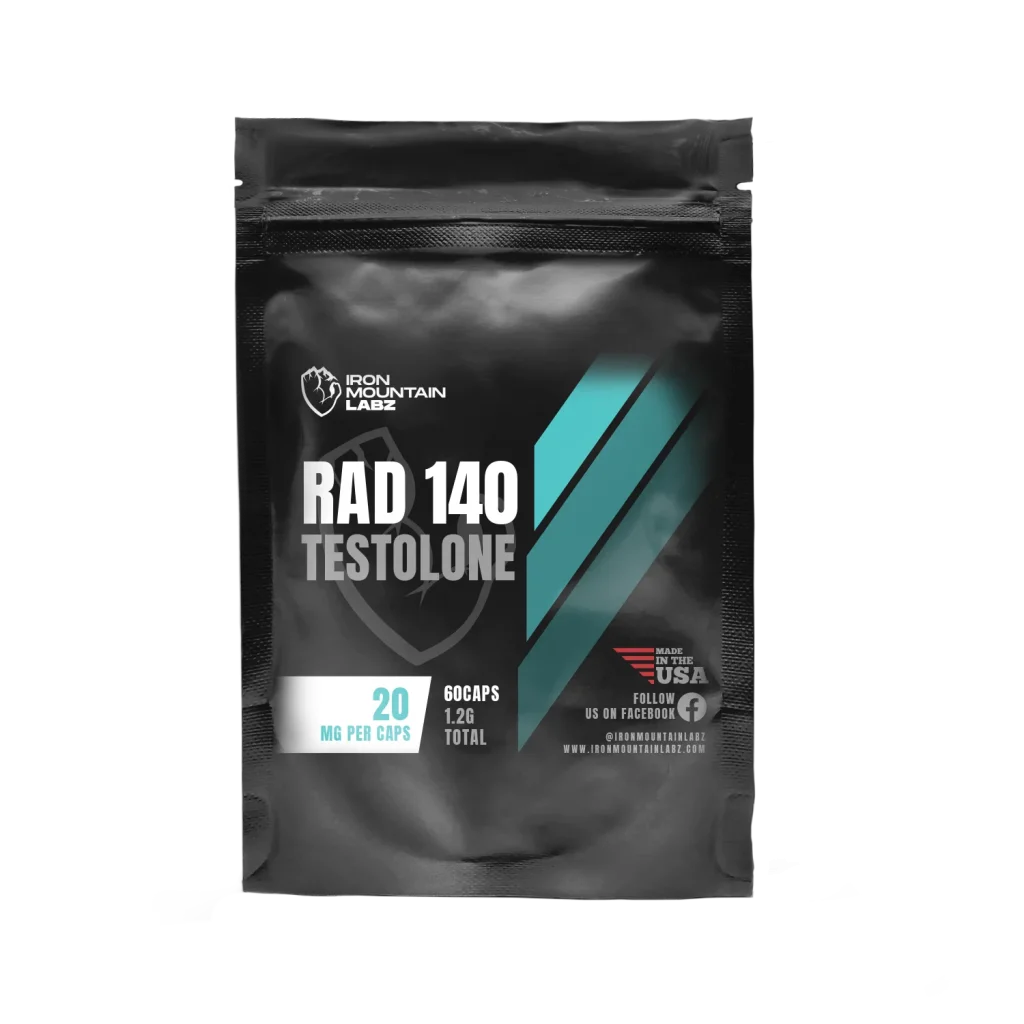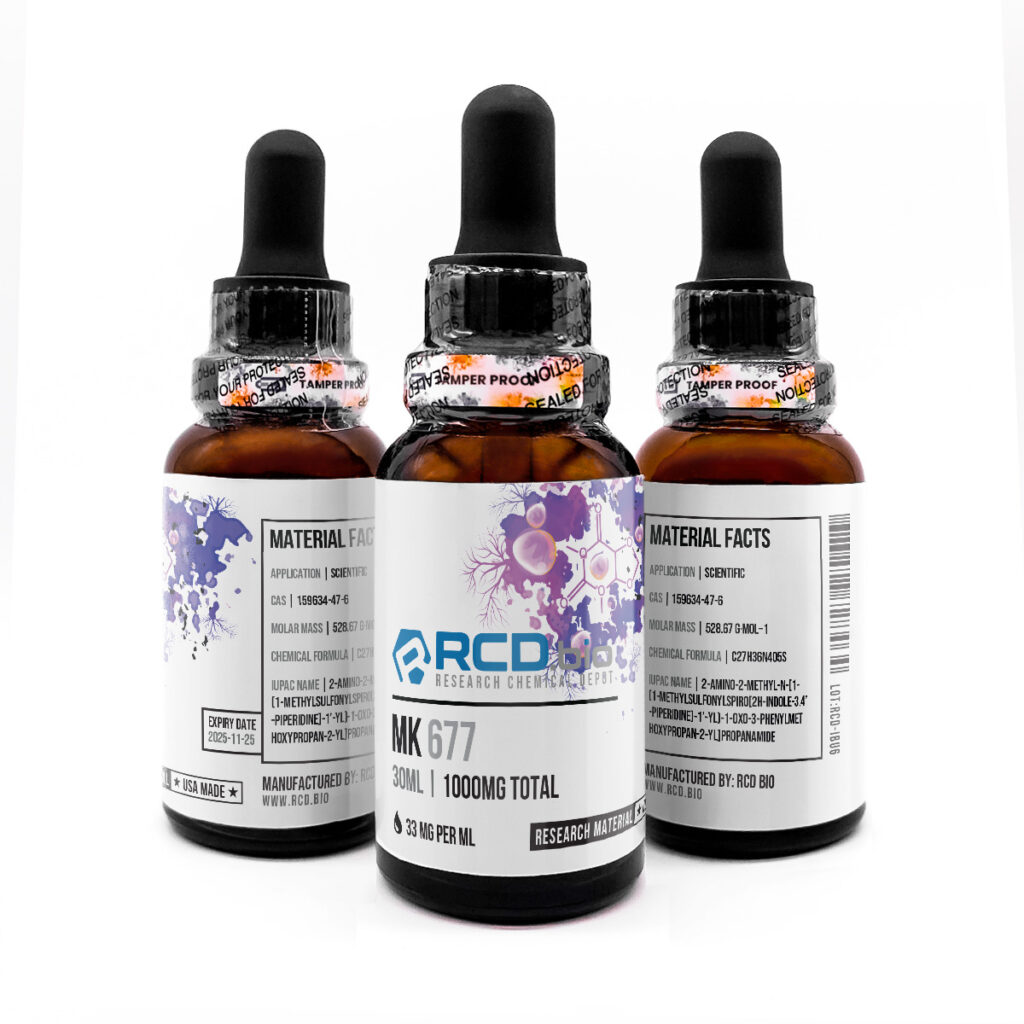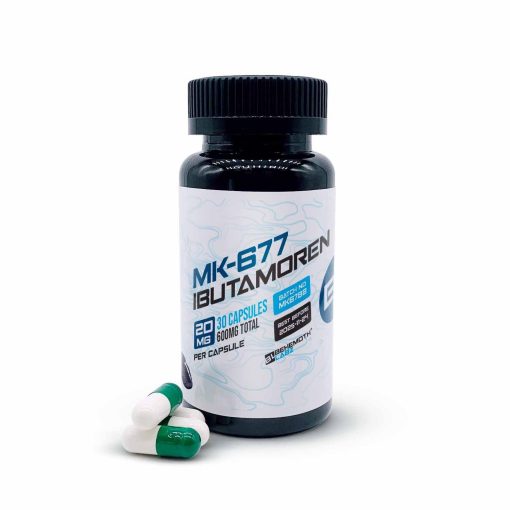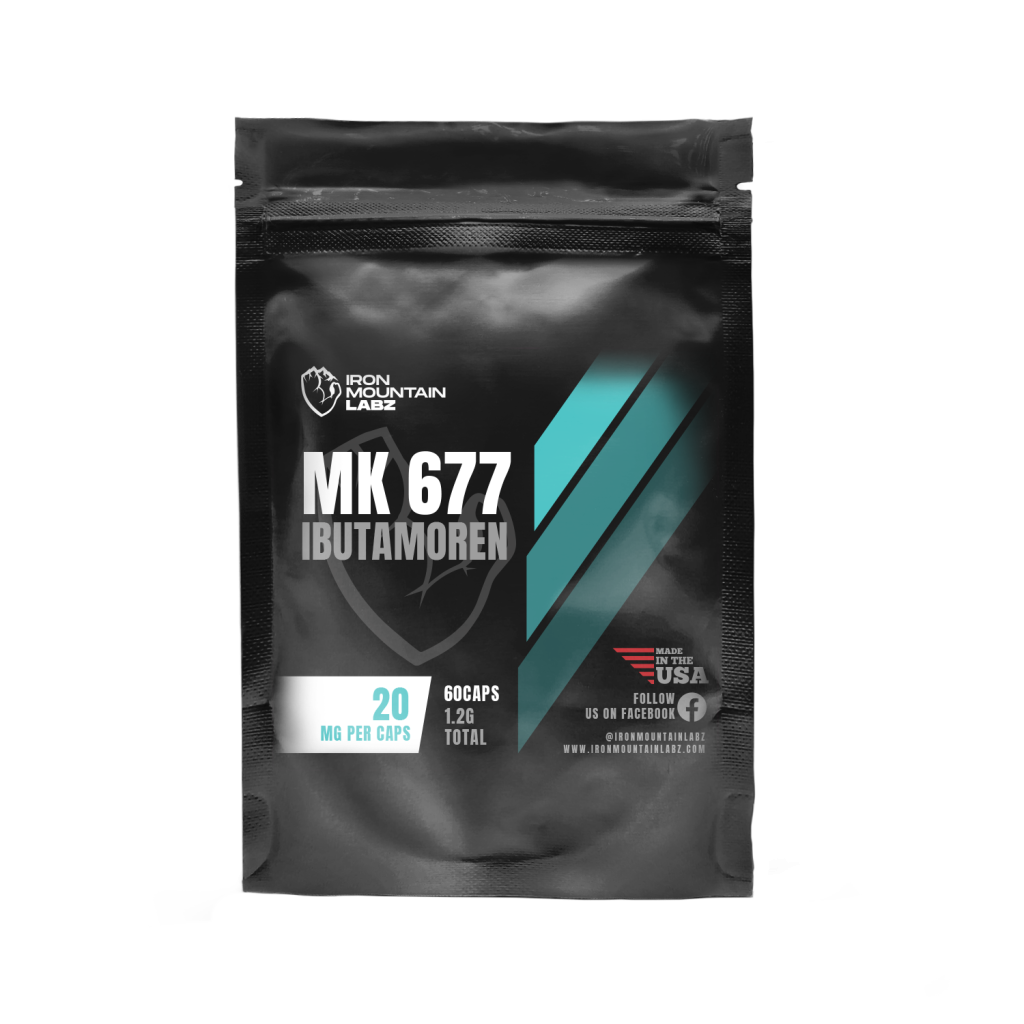So, you’ve just finished a cycle, and now it’s time to get your natural testosterone levels back to where they should be while following a complete guide to Post-Cycle Therapy (PCT) to minimize the pain that comes with it. But here’s the dilemma, are you going to go with Clomid or Enclomiphene, the new option?
Understanding Enclomiphene vs Clomid
What is Enclomiphene?
Think of Enclomiphene as Clomid’s cooler, more refined version. It’s a selective estrogen receptor modulator (SERM), and understanding SERMs vs SARMs helps explain why this option is more targeted. Enclomiphene tells your body to pump out more testosterone without all the extra baggage that Clomid brings. It’s designed to do the job efficiently without turning you into a hormonal roller coaster.
Unlike Clomid, which has a mix of active compounds, Enclomiphene is the pure form that specifically targets your testosterone production without unnecessary estrogenic interference and offering benefits similar to other peptides for boosting testosterone. That means better hormonal balance and fewer unwanted side effects, including pain-related issues.
Clomid and its zuclomiphene: what are they?
Clomid has been the go-to for years. It works by telling your body to produce more testosterone, but it also comes with a not-so-great plus one: Zuclomiphene. This plus one can cause mood swings, brain fog, and other annoying side effects. Basically, it is effective, but it’s got a few quirks. Zuclomiphene is an estrogenic isomer that lingers in your system. While it does help stimulate testosterone production, it can also increase estrogenic activity. This is why many users compare Clomid with alternative PCT strategies to keep gains. This leads to side effects like bloating, emotional instability, and even gynecomastia.
Enclomiphene vs. Clomid – How do they work?
Enclomiphene
Enclomiphene tells your body to produce more testosterone without unnecessary estrogenic effects. It blocks estrogen at the hypothalamus. This encourages your body to increase luteinizing hormone (LH) and follicle-stimulating hormone (FSH). Both are crucial for natural testosterone synthesis. This method supports quicker recovery with minimal emotional distress. Its fast action helps relieve joint pain and muscle discomfort during pain management.
Clomid
Clomid works similarly but has additional unwanted side effects. The treatment can cause moodiness, emotional swings, and slight mental changes. Its leftover estrogenic properties prevent effective LH and FSH production. This leads to a hormonal imbalance. Users have reported feeling depressed, anxious, and generally unwell during PCT.
Enclomiphene vs Clomid : Key differences
Below are the differences of enclomiphene vs clomid:
Composition
Enclomiphene: Pure and simple—it only has the good stuff your body actually needs.
Clomid: A mix of Enclomiphene (good) and Zuclomiphene (not so good).
Mechanism of Action
Enclomiphene: Directly tells your body to make more testosterone, no distractions. It keeps estrogen suppression tight while maximizing natural testosterone production.
Clomid: Does the same but with extra noise from Zuclomiphene. The estrogenic side can sometimes work against its testosterone-boosting effects.
Estrogenic Effects
Enclomiphene: Keeps estrogen in check—no mood swings, no crying, and no water retention.
Clomid: Can increase estrogen levels, making you feel emotional. Some guys even reported issues with their vision.
Effect on LH & FSH
Enclomiphene: The hormone-boosting properties of Enclomiphene work effectively to maintain a consistent performance by controlling hormonal balances. People recover more quickly when using these hormones to sustain their testosterone levels.
Clomid: Boosts them too, but with more ups and downs. The use of Zuclomiphene may generate undesirable reactions that oppose its intended effects.
Effectiveness in Restoring Testosterone
Enclomiphene: Enclomiphene restores testosterone levels quickly without causing unwanted estrogenic side effects, making it one of the best PCT options for SARMs recovery.
Clomid: Clomid helps restore testosterone levels similarly, but its estrogenic side effects may delay recovery, some users instead explore HCG in PCT as an alternative option.
Find The Best Prices For Enclomiphene Products
How long do they stay in your system? Enclomiphene vs Clomid
Enclomiphene stays in the body for 10 to 24 hours. Its shorter duration supports better hormonal equilibrium. The brief time it remains in the body results in fewer persistent side effects. This makes it a convenient option for PCT. Similar to how knowing how long SARMs stay in your system can help you plan a smoother recovery.
Clomid stays in your system for a long time due to its extended metabolite half-life of 5–7 days. Recovery takes longer because of its estrogenic properties. These properties counteract the benefits of testosterone production.
Benefits – Enclomiphene vs Clomid
Enclomiphene: Faster recovery, fewer side effects, and a smoother experience overall. Your hormone balance remains stable, and pain treatment becomes more effective due to reduced impact from estrogen in your system.
Clomid: It is famous for its SARM effects, but users are torn between the benefits it gives and its problems.
Side Effects – Enclomiphene vs Clomid
Enclomiphene: Here’s the thing, it has very few to almost no adverse effects! Only minor headaches and short-lived nausea have been reported during Enclomiphene use by some male patients.
Clomid: On the other hand, it produces mood swings with vision troubles and nausea. Some users endure extended emotional problems.
Dosage & Administration
Enclomiphene: The recommended daily dosage for most male users of enclomiphene is 12.5–25 mg for 4–6 weeks. Its short lifespan allows quick dosage adjustments. This makes it easy to control hormone levels.
Clomid: Women see it as a reliable option with a long waiting period. The standard therapeutic period for enclomiphene is 4–6 weeks. Typical doses range from 25 to 50 mg daily. Its extended half-life delays effects until dosage adjustments are made.
Enclomiphene vs. Clomid: Which is right for you?
Enclomiphene:
- ➢ Best For men who want a smooth, hassle-free PCT ride without the extra baggage of mood swings and joint pain!
- ➢ When to Choose: Ideal if you’re sensitive to estrogenic side effects or need rapid, precise testosterone restoration.
Clomid:
- ➢ Best For: Women undergoing fertility treatment or individuals prioritizing cost and availability.
- ➢ When to Choose: Recommended for women needing ovulation support. In men, it may be an option if tolerated well, despite potential estrogenic effects.
Final Thoughts!
Let’s recap Enclomiphene vs. Clomid: if you value feeling good and moving smoothly through your PCT, Enclomiphene is the way to go! Enclomiphene: More targeted, fewer side effects, faster recovery, and better pain management. When using Clomid, users must tolerate numerous unwanted side effects. My take? Enclomiphene is the preferred PCT solution, as it provides a better experience.
FAQs
Does Enclomiphene work better than Clomid?
Yep! It’s more targeted, has fewer side effects, and gets the job done efficiently.
Why did the FDA ban Enclomiphene?
It’s not officially banned—it just hasn’t been fully approved for mainstream use yet.
Why Do Some Prefer Enclomiphene Over Clomid?
Because it restores testosterone without making you feel like an emotional wreck.
Is Enclomiphene safer than TRT?
Yes! It helps your body restore its own testosterone instead of relying on external sources.








